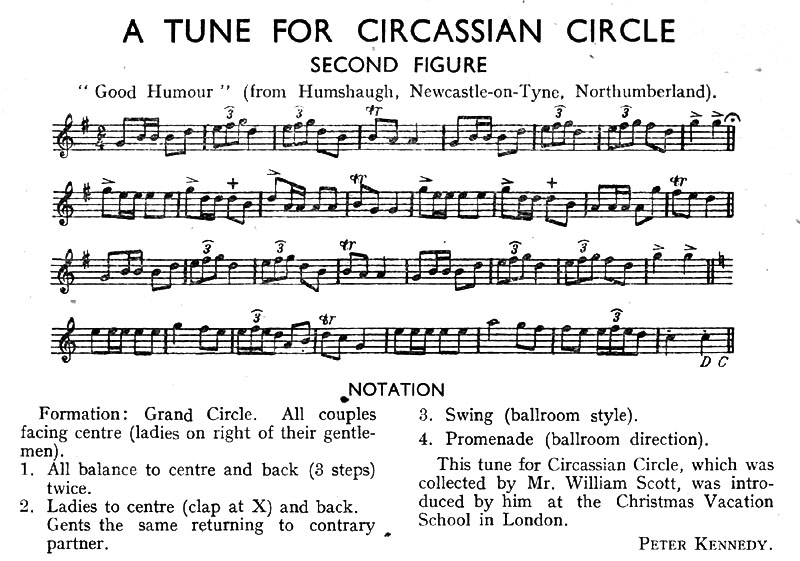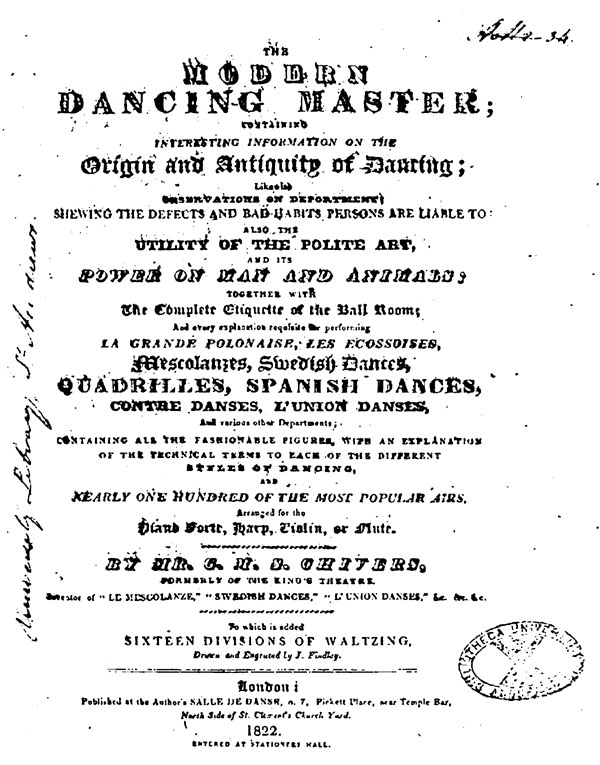Original page from English Dance & Song, February 1948

Back to Dance Index
| Part 1 | Formation: Sicilian Circle |
| A1 |
Right & Left Through OR Ladies Cross by the Left Shoulder; Men Cross by the Right Shoulder
Repeat to places |
| A2 | Partner Balance & Swing |
| B1 | Ladies' Chain x2 |
| B2 | Swing & Change OR Promenade on to the next couple |
| Part 2 | Formation: Circle Mixer |
| A1 | Into the Middle & Back x 2 |
| A2 |
Ladies into the Middle, Clap, & Back
Men into the Middle, Clap, & Turn Left and go to your Corner |
| B1 | Corner Swing |
| B2 | Promenade - this is your New Partner |




I'd love to hear from you if you know anything more about this dance, its composer, its style, or its history.
Feedback is very welcome on any aspect of these dances or Web pages.
Please contact John Sweeney with your comments.
